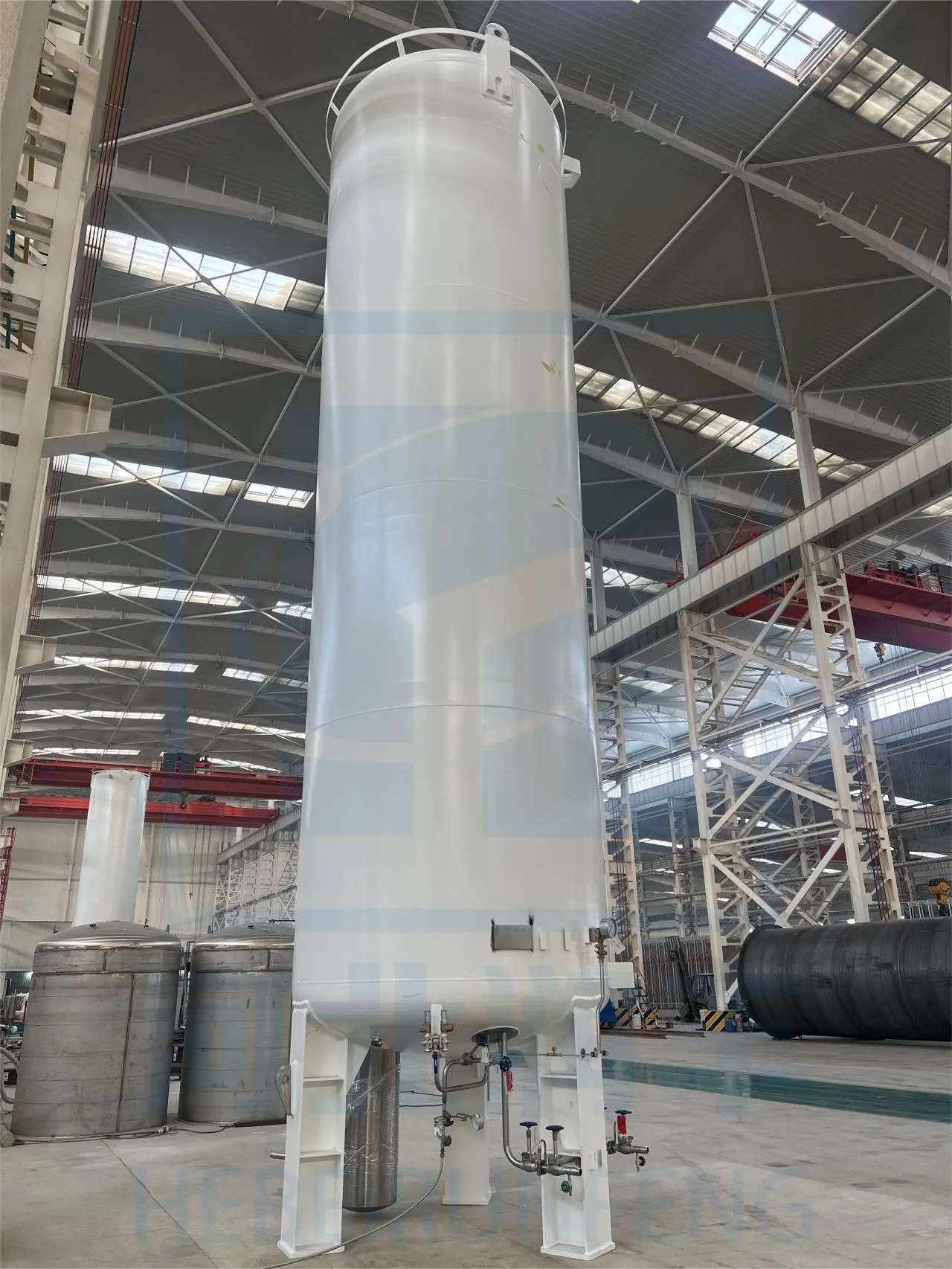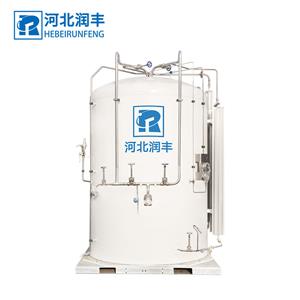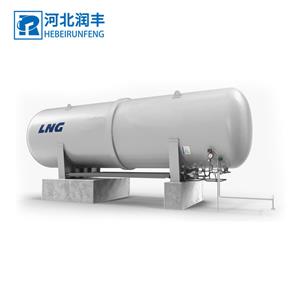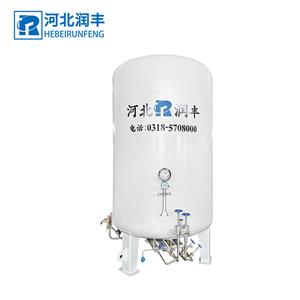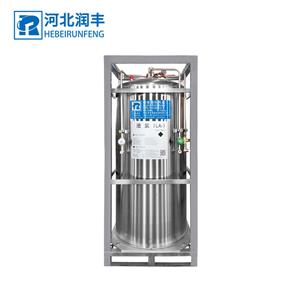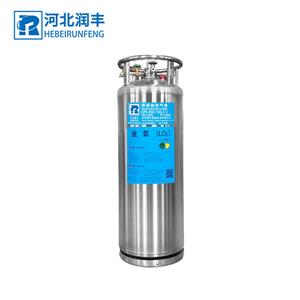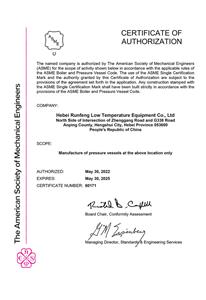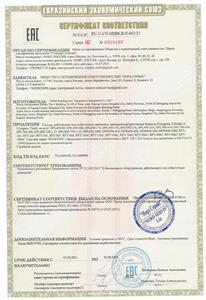Conventional filling refers to the LNG Dewar bottle in normal use. When filling, the inner tank of the Dewar bottle is in a low temperature state and there is a part of liquid.
1. Confirm that the gas station or the vehicle with the Dewar bottle installed is well grounded;
2. Open the protective caps of the cryogenic liquid filling port and the cryogenic air return port.
3. Visually inspect the valves, joints, and piping of the Dewar to confirm that there are no leaks and no missing parts;
4. Purge with dry nitrogen (or wipe with a dry and clean veil) the low-temperature liquid filling port and low-temperature return air port to ensure that there is no moisture and impurities;
5. If necessary, connect the air return gun and the low temperature air return port, and twist the air return gun 90°;
6. Confirm that the air gun and the low-temperature liquid filling port are compatible, and connect the air filling gun and the low-temperature liquid filling port;
7. Observe the pressure gauge of the gas cylinder. If the pressure of the Dewar bottle is high, it may need to be vented before filling. Open the vent valve of the gas cylinder to lower the pressure below the pressure required by the gas dispenser, and then close the vent valve (when venting). Note: the vented gas returns to the large storage tank of the filling station or is discharged to a safe place.)
8. Turn on the gas station pump for filling until the gas dispenser stops automatically;
9. Confirm that the vent shut-off valve is closed, and disassemble the air filling gun and air return gun;
10. Put the protective caps on the cryogenic liquid filling port and the cryogenic return air port.
Precautions for LNG Dewar bottle filling:
(1) Before filling, it should be observed whether there is frost or sweat on the surface of the gas cylinder. It is recommended that the gas cylinder with this phenomenon should not be filled and should be sent back to the manufacturer for repair.
(2) Check whether the gas cylinder has pressure. If the pressure is zero, the gas cylinder should be purged and air-tightness tested, and then filled after passing the test.
cautious:
(1) Before filling, check whether there is moisture and impurities in the low-temperature liquid filling port, and ensure that the water and impurities are completely removed during filling.
(2) If there is water, the water will quickly condense into ice cubes when filling the liquid. Ice cubes may block the one-way valve of the liquid inlet, the low temperature liquid filling port, or even enter the bottle. The blockage causes the low-temperature liquid filling port and the liquid inlet check valve to be closed tightly, resulting in leakage, and even damage to the sealing surface. If ice cubes enter the cylinder, it may block the liquid discharge check valve during the liquid discharge process, resulting in poor liquid supply and insufficient engine power or even failure to start.
(3) If there are impurities, the impurities may cause the liquid inlet check valve and the low-temperature liquid filling port to be closed tightly during liquid filling, and even cause damage to the sealing surface. At the same time, if the filter is not installed at the front of the engine, impurities may cause engine damage.
Note: The pressure of a fully-filled gas cylinder rises very rapidly, which may cause the safety valve to open; therefore, the fully-filled gas cylinder should be used as soon as possible, and long-term storage is prohibited.
Warning: When venting to the atmosphere, the vented gas should be led to a safe place, otherwise it will cause the danger of fire and explosion.

